Four months ago in New Delhi, the streets melted and the power grid flickered as temperatures soared well beyond 43 degrees Celcius. India was in the midst of the fifth deadliest heat wave in its history, and summer hadn’t even begun.
Today, on the autumn equinox, America bid good riddance to the hottest summer in recorded history. It was a summer marked by scorching temperatures, mega-fires and drought, a summer where millions saw the present and future of climate change on their doorstep. Let’s have a quick look back over the summer we just survived.
Hot, Dry and Fiery
When summer officially commenced on June 21st, the entire west coast of North America was already in the midst of the worst fire season in recent memory, possibly the worst in recorded history. Fires ripped through boreal and tundra ecosystems of northern Alaska that hadn’t blazed in millennia. And it wasn’t just the vegetation that burned: The flames crept deep into the ground, sending centuries-old soil carbon up in smoke.
By July 1st, there were 297 fires actively burning across the state of Alaska. Plumes of particulates wafted thousands of miles south into the midwest, where they were visible from space. Meanwhile, hundreds of other fires raged across massive swaths of Alberta and Saskatchewan. A smog-like haze hung in the air.
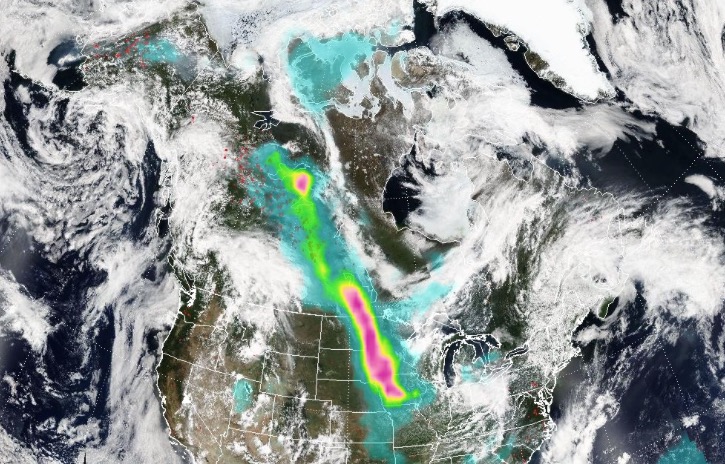
Ozone found in fire smoke trailed across the United States on June 29th and was captured by NASA’s Aqua satellite.
Around the same time, something even weirder was happening 3,200 kilometres south. Olympic National Forest, one of the wettest ecosystems in North America, was also engulfed by flames. The Paradise Fire, which covered over 1,200 acres when we reported it on July 9th, became the largest blaze in the park’s history. All told, the wildfires that raged in eastern Oregon and Washington State this summer devoured a region the size of Delaware.
The mega-fires that marked the summer of 2015 were fuelled by exceptionally dry conditions on the ground, following a warm winter and a spring of record-low precipitation. In Olympic, the snowpack that should replenish waterways and keep the soil moist through August was gone before summer began. As a result, major rivers in Washington State flowed at less than a third their normal volume.

Paradise Fire in Queets Valley, June 16. Image Credit: NPS
Of course, the fires (still) raging out west and the brutal heat wave in India weren’t just terrible coincidences: They’re both symptoms of Earth’s rapidly changing climate, the inevitable consequence of the rising concentration of greenhouse gases in our atmosphere. Earth’s atmosphere is one of humanity’s global commons, and this summer it looked like the beginning of a global tragedy.
In mid-July, the National Oceanic and Atmospheric Administration (NOAA) confirmed that June 2015 was the hottest June in recorded history.
High temperatures persisted through the month of July as fires continued to rage out west and California struggled through the fourth year in a row of exceptional drought. A warm blob of ocean water across the northern Pacific blossomed a toxic algal bloom from Alaska to California, which forced fisheries to shut down. Algae blooms in Lake Erie and the Baltic sea also swelled voraciously this summer, encouraged by the mild weather. Such blooms may look pretty from satellite images, but as we’ve learned time and again, they strip the water of oxygen, choke out all other life forms and lead to massive dead zones.
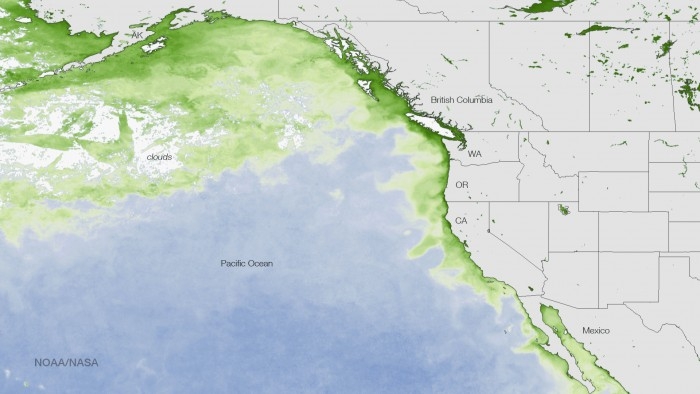
Algae bloom across the west coast this summer. Image Credit: NOAA
As July drew to a close, a horrific heat dome descended over the Middle East. On July 31st, the Iranian city of of Bandar Mahshahr felt a heat index of 74 degrees Celcius — the second highest temperature ever recorded on Earth. Temperatures in the Iraqi city of Basra hovered around 50 degrees for a full week as the hot, high-pressure air mass caused widespread power and transportation outages from Dubai to Beruit.
On August 20th, NOAA once again made the announcement: July 2015 was officially the hottest month in recorded history.
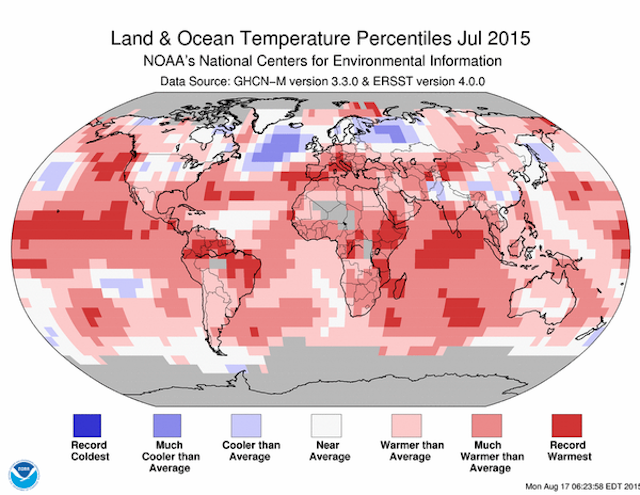
Image Credit: NOAA
We recently learned that August 2015 was also the hottest August on record, making it the sixth month in 2015 to break its monthly temperature record and putting us well on our way toward the hottest year on record. With the entire summer’s worth of data now in, we can make insane graphs of this year’s temperature anomalies, like this one, which depicts the average global temperature departures in 2015 (in green) compared with other years. The red lines are the six warmest years on record: 2014, 2010, 2013, 2005, 2009, 1998.

Image Credit: NOAA
You don’t need a statistics degree to see the writing on the wall. The Earth is getting hot.
Verified by Science
As we sweated through the hottest summer on record, new scientific papers offered additional context, underscoring that the “exceptional” weather we’ve been feeling is actually more of a window into the future. A study published in Nature Communications showed that fire seasons have grown 18.7 per cent longer across Earth’s surface since 1979, and that the “global burnable area” affected by fire season has doubled. A study published in Geophysical Research Letters concluded that climate change has amplified the already-extreme California drought, making it 15 to 20 per cent worse than it would have been in the absence of humans. We were hardly surprised by the time a Nature Climate Change study proclaimed that the present California drought is the worst the state has seen in at least 500 years.
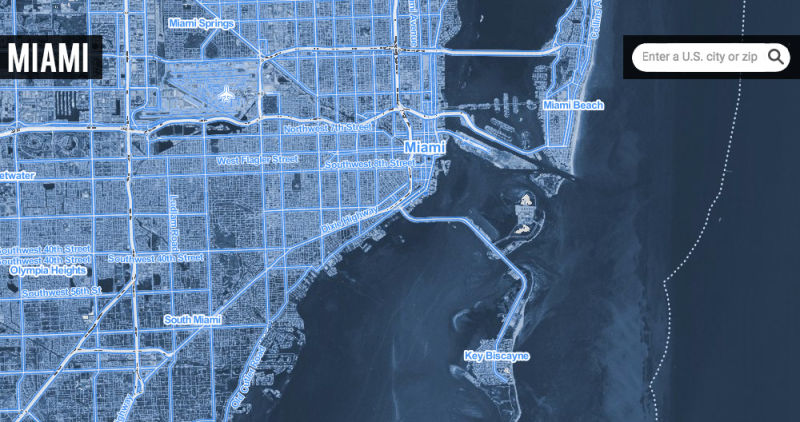
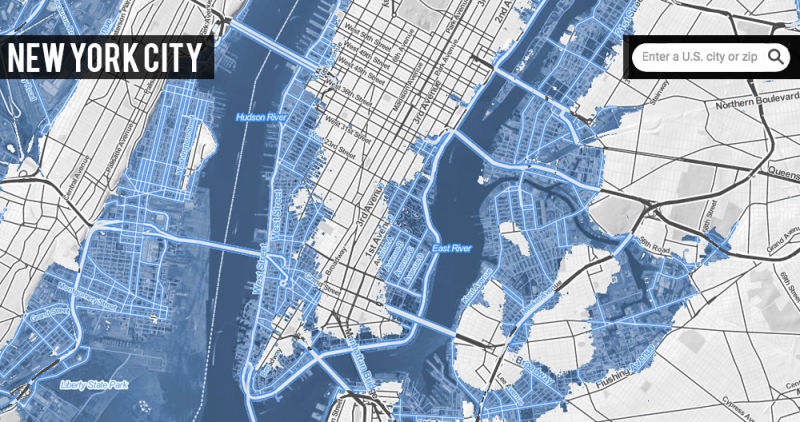
Here’s what Miami and New York City would look like if sea levels rose by 6 metres. Image Credit: Climate Central
But the impacts of a changing climate reach far beyond fire and drought. This summer, NASA’s Sea Level Change team announced that the planet is probably locked into at least 90 centimetres of sea level rise. Although the timescales on which we’ll witness that sea level rise remain uncertain, there’s no doubt that a swell of this magnitude poses a serious threat to coastal cities worldwide. And three feet might actually be a conservative estimate — according to a study published this July in Science, a global temperature uptick of 2 degrees Celsius (the internationally agreed upon warming target as decided by the IPCC) could result in sea level rise of at least six meters, displacing hundreds of millions of people and swallowing cities like Miami and New Orleans.
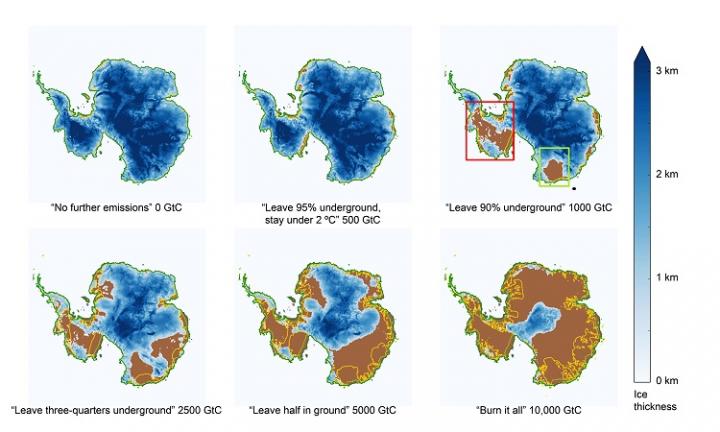
Chart showing how Antarctic ice would be affected by different emissions scenarios. (GtC = gigatons of carbon). Image Credit: Ken Caldeira and Ricarda Winkelmann
Capping us out at 2 to 3 degrees of global warming assumes we’ll massively curtail our fossil fuel consumption by the end of this century. If we don’t, the planet could be in for something far more dramatic. As a modelling paper published this month in Science Advances points out, if we burned all of our fossil fuels, we’d melt Antarctica and global sea levels would rise by as much as 60 metres over the next few millennia. It’s an extreme scenario, but one that serves to highlight just how profoundly the planet could be altered if humanity fails to temper its appetite for fossil carbon.
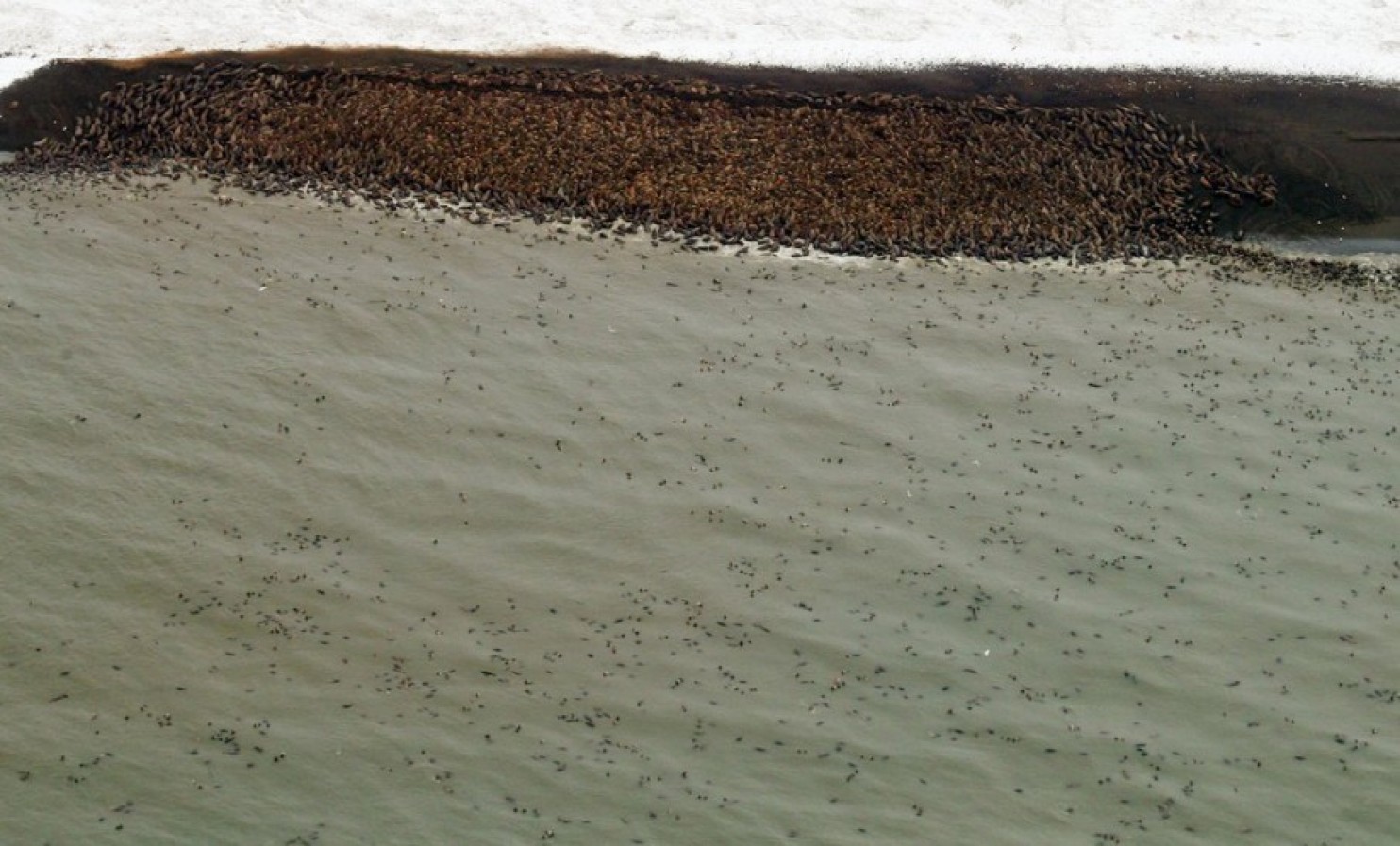
Sept. 27, 2013 image showing thousands of walruses hauling out on a barrier island near Point Lay, Alaska. Image Credit: AP/NOAA Fisheries, Stan Churches
The symptoms of climate change we felt this summer aren’t just affecting humans. In late August, the retreat of Arctic sea ice caused thousands of walruses to scramble onto a small patch of Alaskan shoreline. It was the seventh summer in recent history that walruses had been forced to “haul out” onto a coastline in Russia or Alaska due to habitat loss. This time, the mass migration came almost a month earlier than it had in the past. Meanwhile, warmer waters are driving multitudes of marine species toward the poles, scrambling the natural balance of communities that have evolved over the course of millennia. According to a massive biodiversity analysis published earlier this month in Nature Climate Change, the continued shuffling of marine species due to global warming could cause the world’s oceans to look completely different by the end of the century. Species that occupy a narrow ecological niche or geographic region are at risk of disappearing entirely.
Looking Forward
The summer of 2015 was a summer where global climate change became real and visceral for millions of people worldwide. But we’re only just beginning to explore the world we’ve created — a world that’s hotter, drier, more combustible and less predictable than the world which gave rise to human civilisation. And as we enter the future, we’re saying goodbye to a large portion of Earth’s biodiversity. As scientists confirmed this summer, we are undeniably in early stages of a sixth mass extinction event. That event will surely become one of the hallmarks of the Anthropocene.
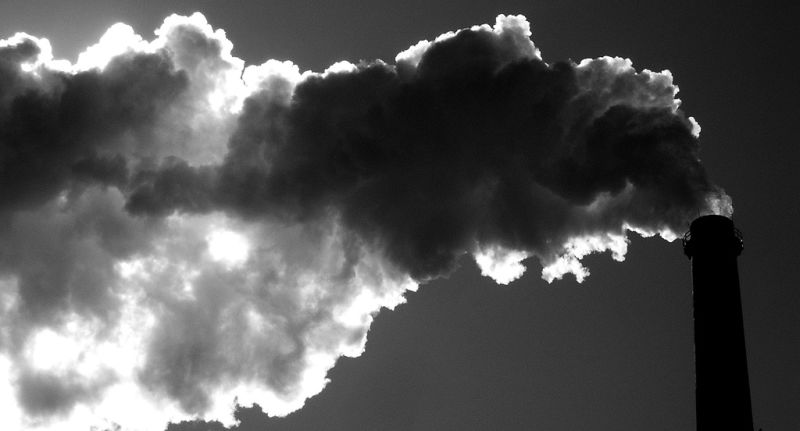
Image Credit: Senor Codo / Flickr
But despite all the gloom and doom, it’s not too late for humans to act and prevent some of the worst climate scenarios from unfolding. This summer was also marked by real signs of political movement on climate change internationally. In August, the Obama administration unveiled its Clean Power Plan, the capstone of the first major response to climate change in US history. The plan, which calls on the United States to cut carbon emissions (now officially carbon pollution) by a third by 2030, will require each state to double down on its investment in renewable energy sources like wind and solar power. China, now the largest carbon emitter on the planet, continued to make massive investments in green energy this summer, and remains on track to increase its solar capacity by 18 gigawatts this year, according to New York Magazine. If a still-industrialising country of 1.3 billion can produce more energy with less carbon, so can the rest of the world.
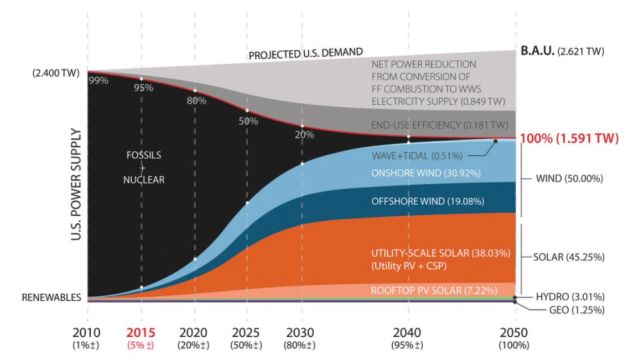
A proposal to switch all energy in the US to renewable sources by 2050 is by Mark Z. Jacobson, a civil and environmental engineer who heads up Stanford’s Atmosphere and Energy Program
All of this sets the stage for COP-21, the international climate conference set to take place in Paris this December. Here, world leaders will attempt to negotiate a path toward massive global carbon emissions reductions that could avert catastrophic climate change. In advance of that conference, the European Union has already pledged to cut its emissions by 40 per cent from 1990s levels. Brazil, meanwhile, is promising to ramp up its investment in renewable energy production while curtailing its destruction of the Amazon, one of the largest carbon sinks on Earth. COP-21 is also an opportunity for the US to finally position itself as a leader and a part of the solution to climate change. If President Obama’s recent trip to Alaska is any indication, it’s an opportunity he doesn’t plan on passing up.
We’ve got a long, hard road ahead of us, but my hope is that we’ll end up looking back on the summer of 2015 as a turning point in history. Let’s not forget that in addition to a deadly heatwave, this summer also opened with the release of Pope Francis’s landmark encyclical, which argued that swift, aggressive action on climate change is now our moral imperative as a species. “It is no longer enough,” Pope Francis writes, “to state that we should be concerned for future generations. We need to see that what is at stake is our own dignity.”
